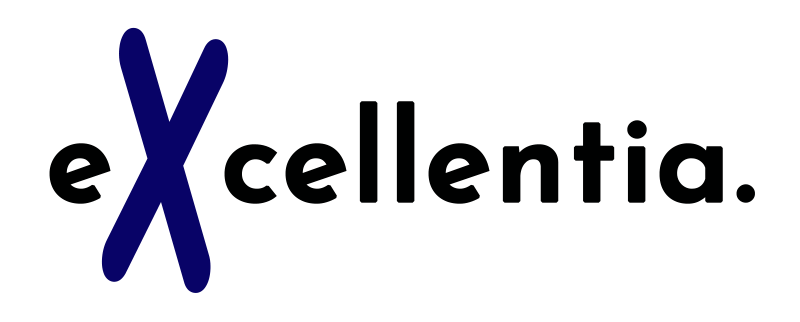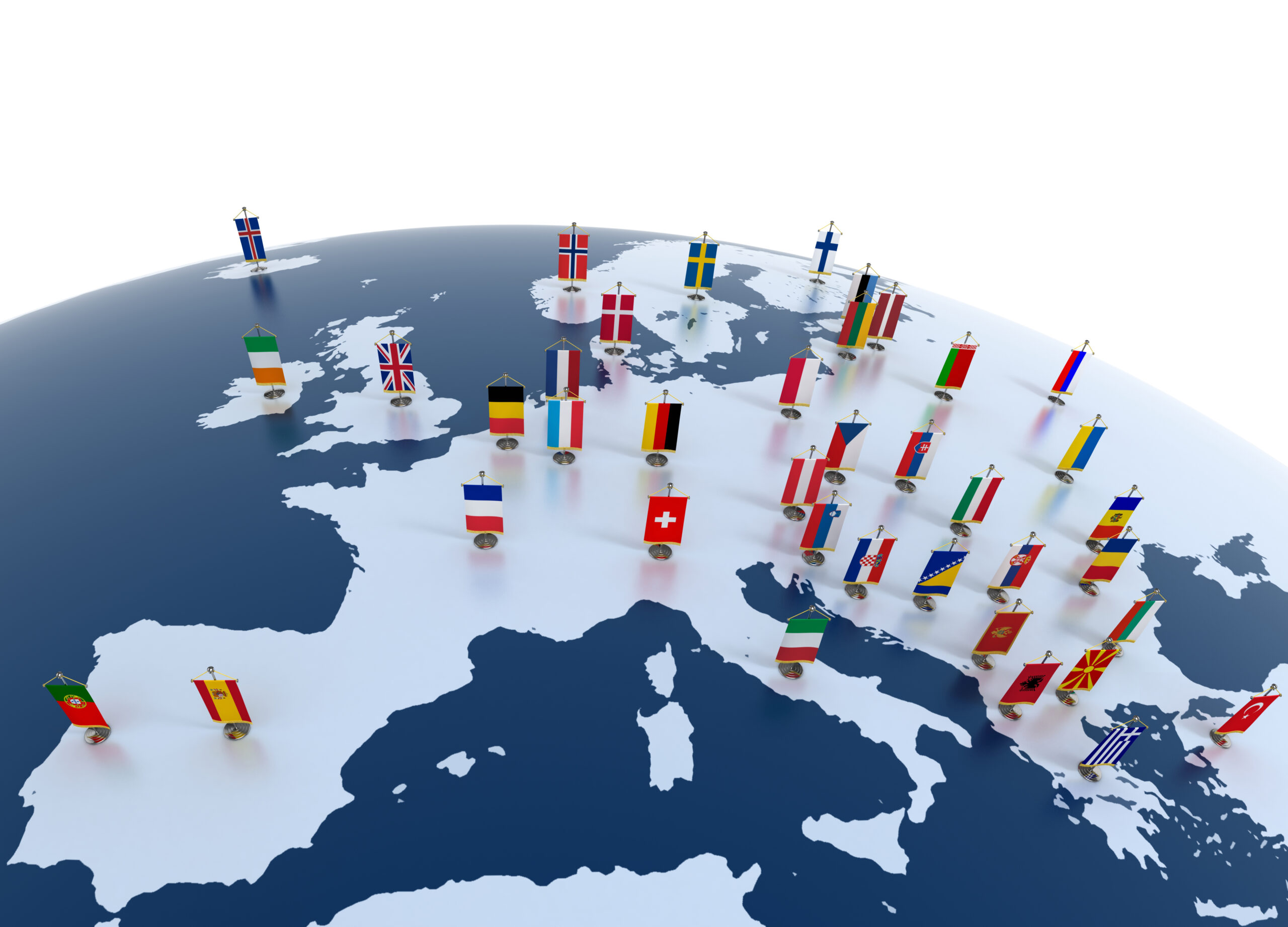Compliance. Transformed.
For us, compliance activities are based on customer experience, corporate culture and the creation of trust. Our goal is to improve the resilience of organizations through technology and support their competitive advantage.
As the COVID-19 pandemic continues to evolve, in a world where trust is increasingly important, organizations that build credibility around their brand, products and services can improve their business resilience and customer relationships, the staff and interested parties.
eXcellentia is focused on helping organizations thrive in change, not only by helping them manage their compliance requirements, but also by helping them to keep up with risk and regulatory changes and moving forward in times of uncertainty.
Is your compliance approach fit for the future?
Whether it is taxation or trade, energy or environment, cyber or security, the cost of corporate compliance, nowadays, is often one of the most significant budget areas of an organization.
Nevertheless, insufficient or ineffective compliance can affect the overall health of an organization through:
Compliance errors: major incidents that have a significant impact on an organization's reputation or ability to do business.
Compliance costs: manual, inefficient or in any case less effective processes that negatively affect the customer's experience, costs and culture.
These problems can arise when organisations consider compliance just as a mandatory cost and not as an opportunity to instill trust in stakeholders and improve competitive advantage and intelligent risk-taking .
eXcellentia identified 5 characteristics that compliance must have to be highly effective.
Compliance, transformed. Can help improve the effectiveness of regulatory, legal, IT, financial, tax, commercial and other compliance efforts.
QUANTO TEMPO TI OCCORRE PER ADEGUARTI ALLA LEGGE PRIVACY?
Highly effective compliance, in five points
Strategically aligned
Compliance can be aligned with a company's strategy, purpose and values, not just with laws and regulations.
Compliance processes and solutions that are closely aligned with overall business goals are generally more effective in building trust. Here are three practical ways to do it:
First of all, be conscious of "why". Ensuring that staff understand both the “why” and the “what” behind compliance processes has been proven to increase effective engagement and reduce internal breaches. Start by clearly connecting compliance with strategic priorities and risk management.
The how is important. Both staff and customers may be interested in the values of your organization and how the company behaves in case of success and duress. You can maintain consistent behavior by building the organization's values at all stages of the compliance process.
And the where?... compliance is everywhere. Most organizations manage various compliance obligations across disparate departments and functions and with multiple compliance tools. Aligning each of them with the company's strategy, purpose and values helps build consistent trust and a great experience for customers and staff.
Fill out the contact form to connect with our experts
Being compliant means achieving your business objectives by identifying and countering possible risks and respecting all applicable laws and regulations in the specific reference sector.
Data protection – GDPR
Compliance does not stop at the adaptation to the GDPR, but consists in the continuous monitoring of business processes necessary to effectively deal with regulatory and regulatory changes as well as to deal with the change fast, minimizing the risk of regulatory violations.
Organisational Model 231/01, anticorruption and antitrust
Having an internal organization capable of preventing the risk of committing acts qualifying as a crime, also in light of the anti-corruption and antitrust provisions, in addition to minimizing the risk of administrative, civil or criminal sanctions, ensures companies a rating of high legality that can be spent on the market also towards the public administration.
Work safety and environmental legislation
Il D.Lgs. 81/08 e successivi, hanno notevolmente ampliato il campo di applicazione delle previsioni in ambito antinfortunistico e di tutela della salute sui luoghi di lavoro estendendole a tutti i settori di attività, pubblici e privati, a tutte le classi di rischio e a tutti i lavoratori.
Il D.Lgs. 121/11 ha introdotto i reati ambientali all’interno del D.Lgs 231/01, per questo motivale aziende sono chiamata un costante monitoraggio d’adeguamento normativo in un contesto ambientale in continua evoluzione.







